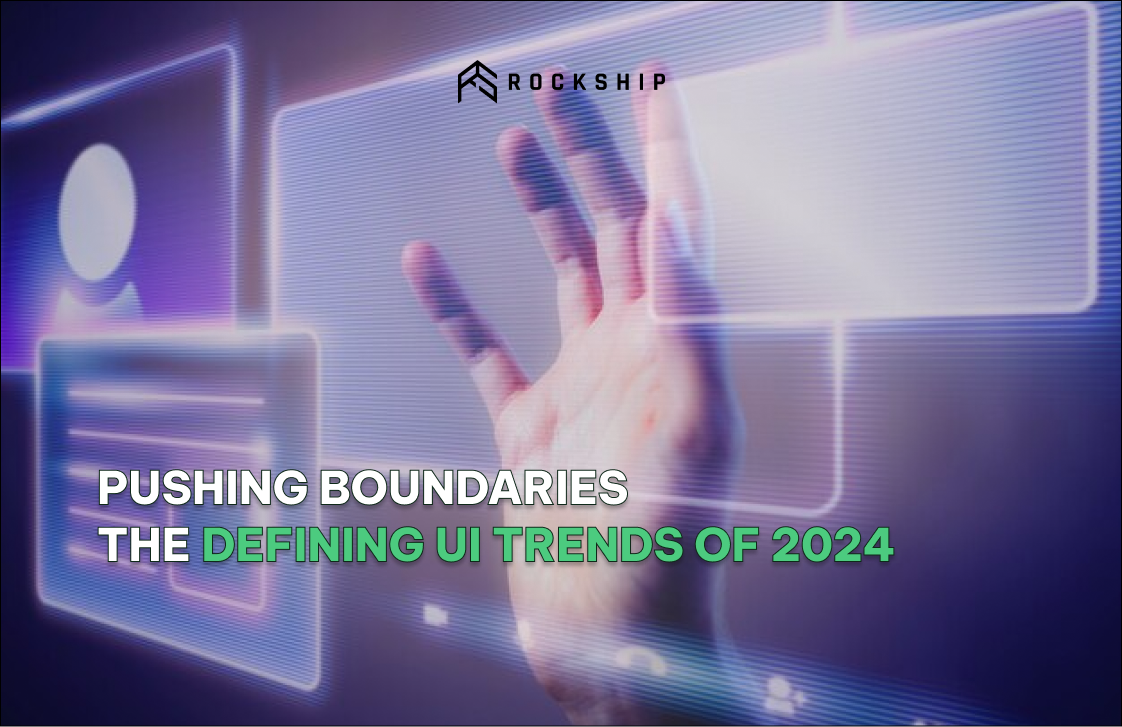State of the office nowadays
The office you knew is undergoing a digital revolution. Gone are the days of siloed departments and rigid hierarchies. AI is fostering a culture of collaboration, breaking down walls between teams and facilitating seamless information flow. Imagine design teams brainstorming with AI-powered brainstorming tools, marketing campaigns crafted with the help of AI-powered sentiment analysis, and customer service powered by chatbots that learn and adapt in real-time. This harmony of human and machine intelligence fuels innovation and unlocks unimaginable efficiencies
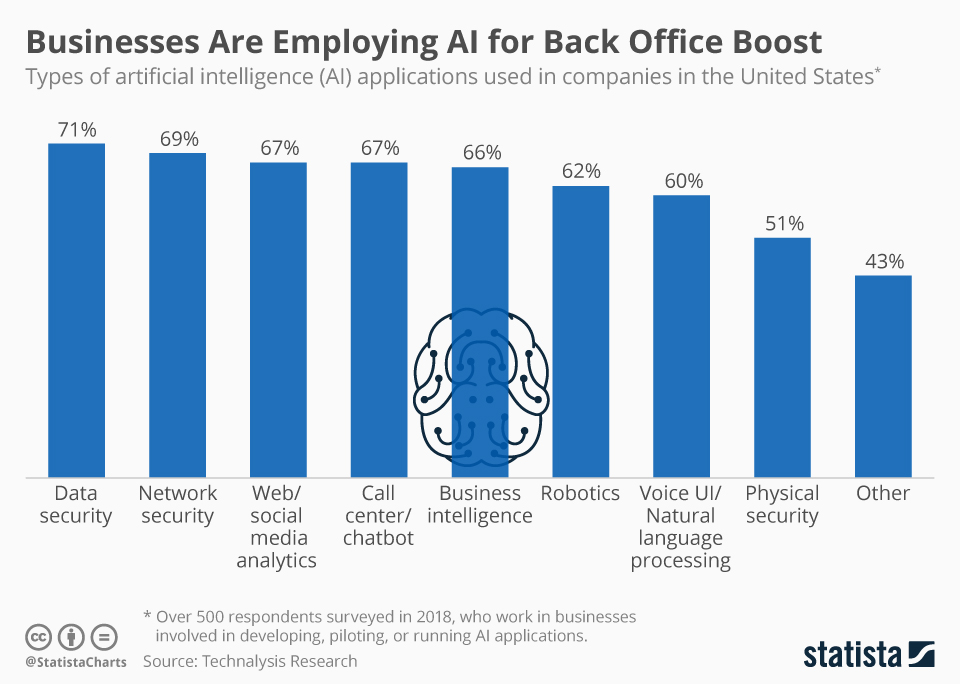
Figure 1. How Businesses Are Employing AI for Back Office Boost. Source: Technalysis Research.
Is AI just about streamining workflows ?
AI isn't just only about streamlining workflows; it's also about empowering employees. Imagine a world where AI handles the mundane, freeing up your time for higher-order thinking and creative problem-solving. AI-powered tools can automate repetitive tasks, analyze data to identify trends and uncover insights, and even generate content or presentations, allowing you to focus on the uniquely human aspects of your job. This shift empowers employees to become strategic thought leaders, driving value by leveraging their creativity, empathy, and critical thinking skills.
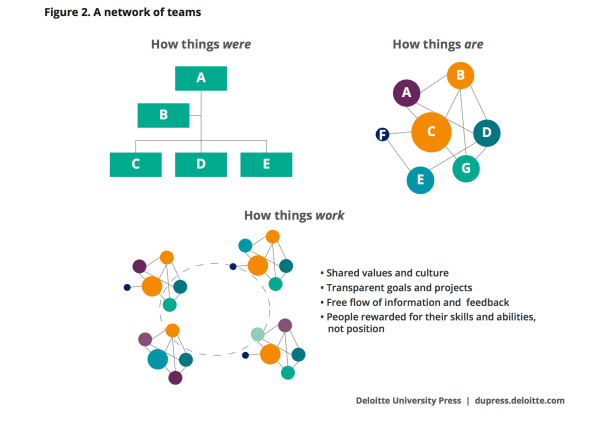
Figure 2. New team model, focused on embedding agile practices and using networked cross-functional teams of developers, coders, business analysts, and user design experts focused on a specific product outcome. Source: www2.deloitte.com
Challenges and opportunities in adapting AI at work.
Of course, this AI revolution isn't without its challenges. The fear of job displacement looms large, with concerns that robots will render human workers obsolete. While some tasks will undoubtedly be automated, this doesn't spell doom and gloom for the workforce. Instead, it opens doors to new opportunities. The skills in demand will shift towards those that complement AI, like critical thinking, creativity, and social intelligence. Companies will need to invest in reskilling and upskilling their workforce, equipping them with the tools and knowledge to thrive in this new landscape.
Figure 3. Most commonly adopted AI use cases. Source: 2022 MicKinsey AI Survey.
Moreover, the integration of AI necessitates a reimagining of company structures. Hierarchical models will give way to flatter, more agile teams capable of rapidly adapting to changing technologies and market demands. Leadership will need to embrace transparency and open communication, working hand-in-hand with employees to build trust and navigate the complexities of human-machine collaboration.
How AI is shaping the future of work ?
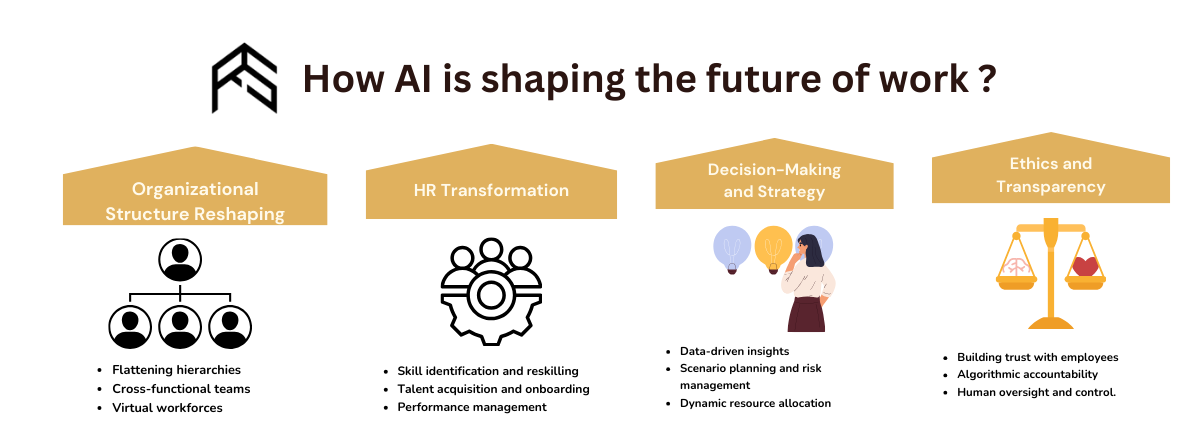
Figure 4. How AI is shaping the future of work. Source: rockship.co
With one existing company, AI can participate in various aspects. Here are some of its use-cases.
Organizational Structure Reshaping:
- Flattening hierarchies: AI simplifies information sharing and coordination, reducing the need for layers of management. Decision-making becomes more decentralized, empowering teams and boosting agility.
- Cross-functional teams: AI encourages collaboration across departments by breaking down data silos and fostering shared insights. Teams composed of diverse skillsets can leverage AI tools to tackle complex challenges holistically.
- Virtual workforces: AI enables seamless remote collaboration, empowering companies to tap into a global talent pool and build diverse teams regardless of location. This can optimize workforce cost-efficiency and accessibility.

Figure 5. A hybrid meeting session. Source: nationalcioreview.com
H****uman R****esources Transformation:
- Skill identification and reskilling: AI analyzes workforce data to identify skill gaps and predict future needs.This helps companies design targeted training programs and reskill employees for AI-driven roles.
- Talent acquisition and onboarding: AI-powered recruitment tools streamline candidate screening and matching, ensuring the right talent is acquired for specific AI-integrated roles. AI chatbots can also personalize onboarding experiences for new hires.
- Performance management: AI helps track employee performance based on data-driven metrics. This provides objective feedback and helps managers identify areas for improvement and growth.
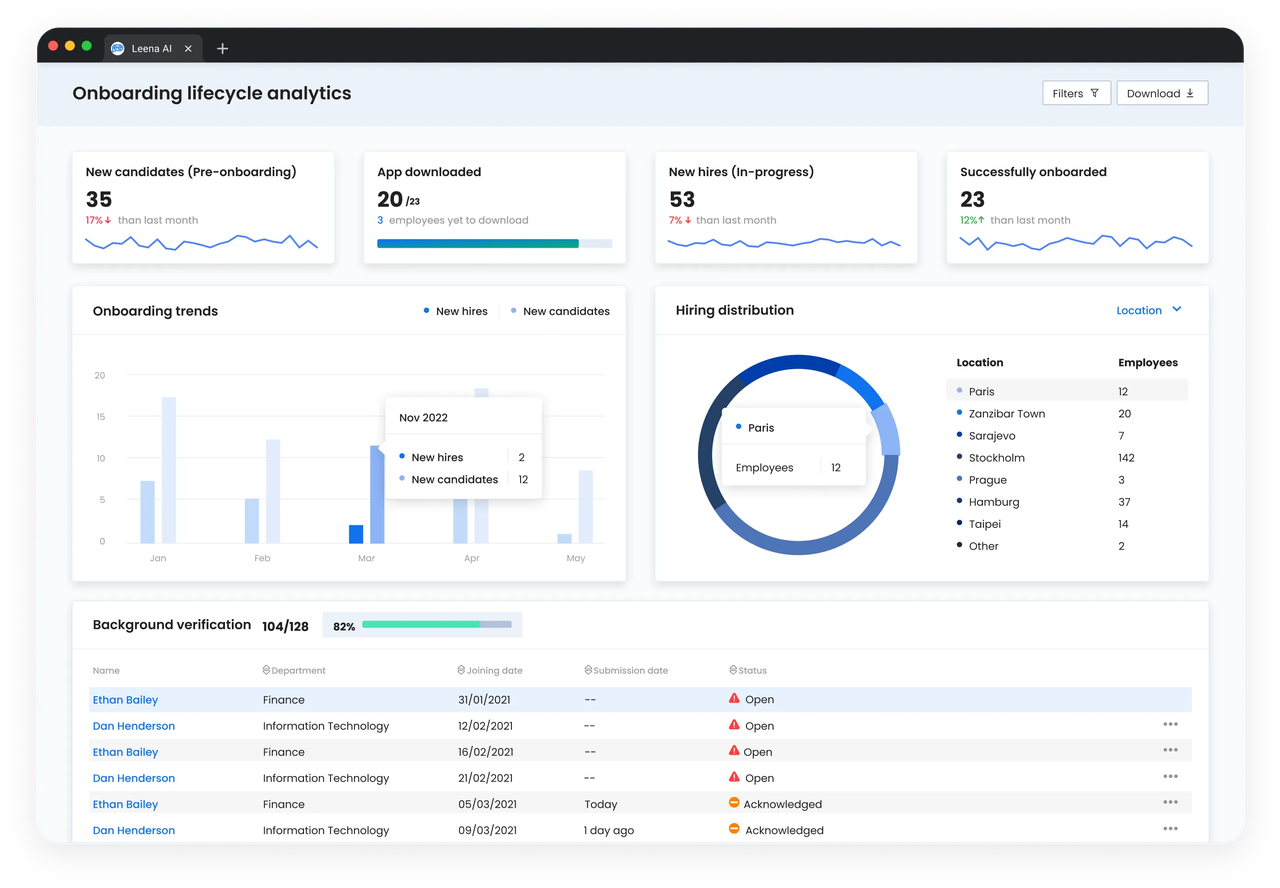
Figure 6. Leena AI's visual dashboard to support the onboarding processes. Source: Leena AI.
Decision-Making and Strategy:
- Data-driven insights: AI analyzes vast amounts of data to identify trends, predict outcomes, and inform strategic decisions. This allows companies to make data-driven choices, improving adaptability and responsiveness to market changes.
- Scenario planning and risk management: AI simulations can predict the impact of different decisions and potential risks. This helps companies proactively mitigate challenges and develop future-proof strategies.
- Dynamic resource allocation: AI optimizes resource allocation based on real-time data and project needs. This ensures efficient use of resources and avoids bottlenecks, maximizing operational efficiency.
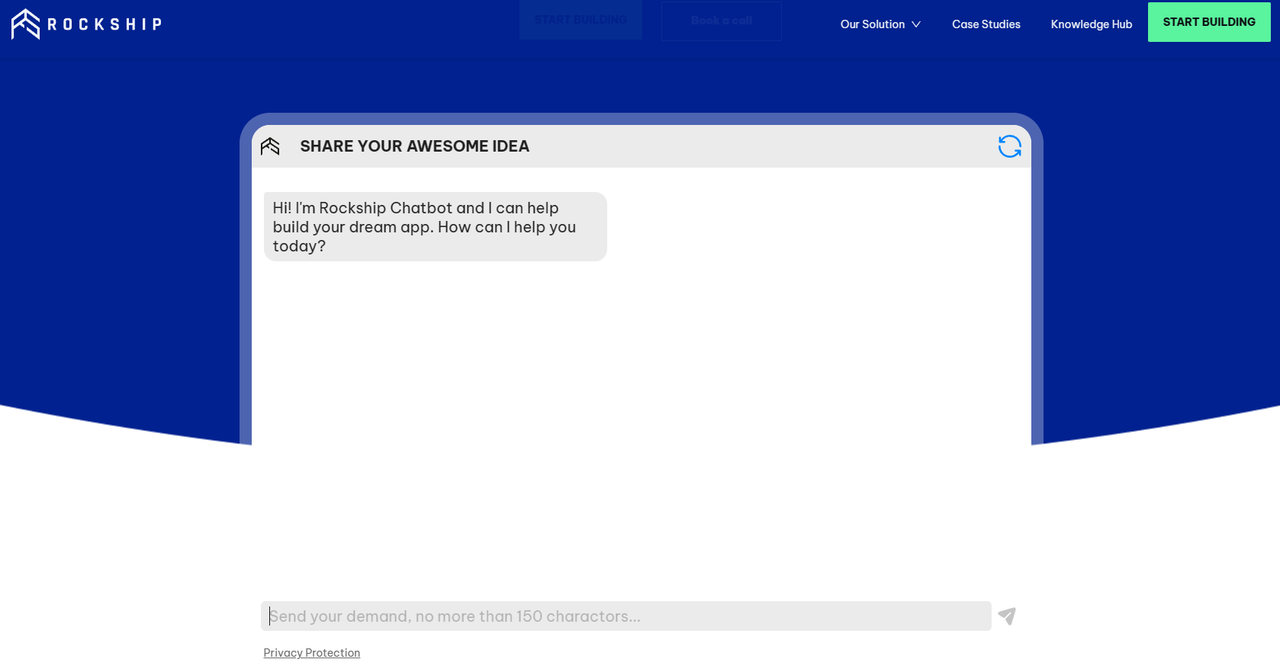
Figure 7. Rockship Beta AI Assistant Chatbot to support customers' decision-making . Source: rockship.co
Ethics and Transparency:
- Building trust with employees: Companies need to be transparent about their use of AI and address concerns about bias and job displacement. Open communication and ethical AI implementation are crucial for building trust with employees.
- Algorithmic accountability: It's important to ensure AI algorithms are fair and unbiased, with built-in mechanisms for monitoring and auditing their performance. This prevents discriminatory outcomes and protects employees from unfair treatment.
- Human oversight and control: Humans should always remain in control of AI systems, setting parameters and making final decisions based on their understanding of the context and ethical considerations.
The future of work isn't about humans versus machines; it's about harnessing the power of both. AI is a powerful tool, but it's just that – a tool. Its effectiveness depends on our ability to wield it responsibly, ethically, and collaboratively. By embracing the transformative potential of AI while safeguarding human value, we can build a future of work that is more productive, fulfilling, and ultimately, more human.
Conclusion
Remember, AI is a tool, and its impact on organization transformation depends on how companies choose to implement it. By focusing on human-centered design, ethical considerations, and continuous learning, companies can leverage AI to unlock their full potential and build a future of work that is both productive and fulfilling. The key to success lies in learning to work together, leveraging each other's strengths to create a future of work that is not only efficient and productive, but also meaningful and enriching.=
So, embrace the robot coworkers, upskill yourself, and prepare to lead the way in this exciting new era of human-machine collaboration. The future of work is here, and it's powered by AI. Are you ready to join the revolution? Follow Rockship for more AI-related articles or try our Beta AI Assistant if you want to experience how flexible our quotation process is.



